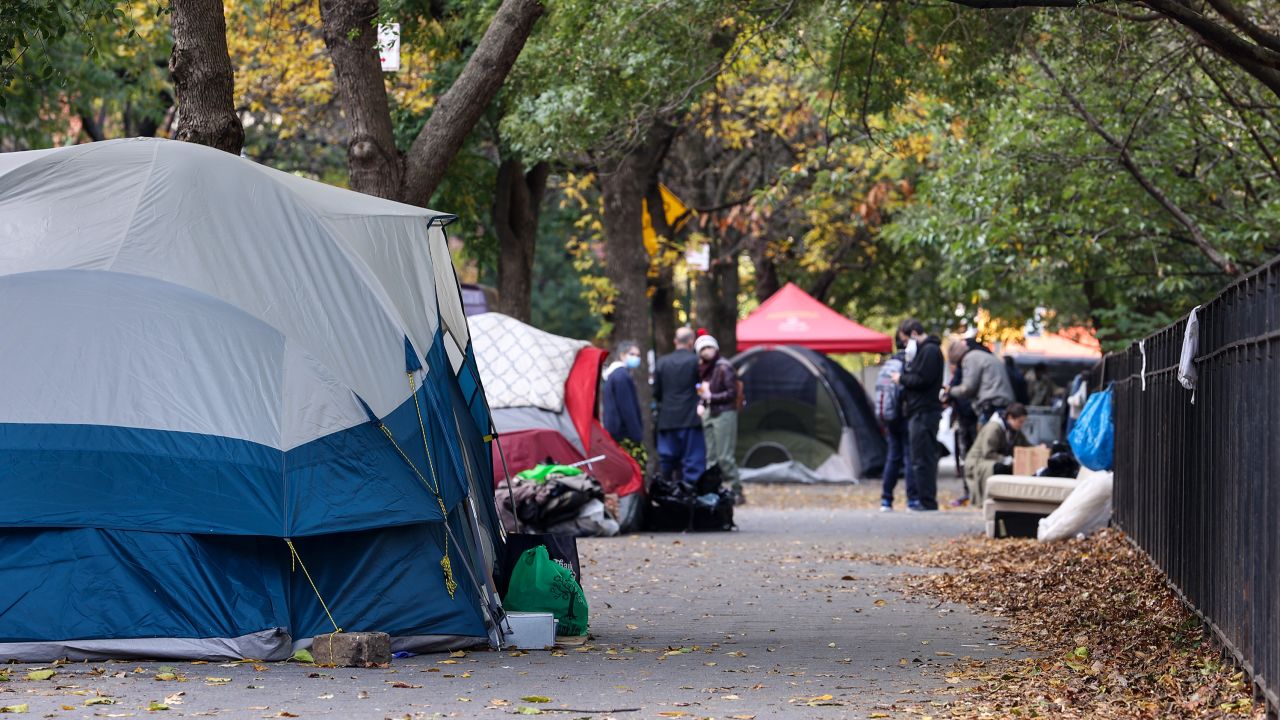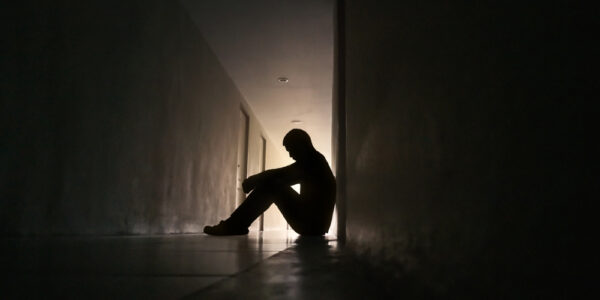LISTEN TO THIS ARTICLE:
Under Mayor Eric Adams’ direction, New York City authorities will soon begin to forcibly hospitalize mentally ill homeless people who cannot care for themselves. In typical practice, people with mental illness aren’t usually hospitalized against their will if they are only a danger to themselves. However, this new move is technically legal under New York state law.
Hospitalizing people with mental illness who aren’t harming anyone reverses the 50-year trend of “deinstitutionalization.” For centuries in Europe and North America, people in with mental illness were often confined against their will to “institutions,” also called “asylums.” These places were known for deplorable conditions and didn’t provide any actual treatment, just long term forced confinement.
We’ve moved away from this system over the past several decades, with an increased focus on community-based treatment. Unfortunately, the present situation isn’t perfect either as thousands of people in cities across our country go homeless and mental illness goes untreated.
An exploding homeless population
Mayor Adams has couched his push as a “moral obligation” to help people. However, many people question that his motivation may be more political than caring. Many of Adams’ campaign promises focused on reducing homelessness, but critics say this is a simplistic approach to a complex issue.
Homelessness in NYC is at its highest rate since the Great Depression of the 1930s. At least 3,400 people sleep outside every night, though many sources say that number is a gross underestimate. Roughly 64,000 people sleep in shelters every night.
Homelessness, mental illness, and violence
Violent events involving people who are homeless and mentally ill wrongly reinforce the idea that these people are dangerous. The most salient story of this year was when a homeless man with schizophrenia pushed a woman, Michelle Go, in front of a moving subway train. She died of her injuries.
The extremely rare stories like this are incredibly prominent in the news, but they don’t accurately reflect reality. Much of the homeless population suffers from mental illness, and the vast majority of people with mental illness are not violent and not a danger to themselves or others. We’ve addressed these relationships before in depth.
The truth is that people with mental illness are much more likely to be the victims of violent crime than they are commit those crimes. In fact, 22 homeless people were murdered in 2021 in New York City. Homeless New Yorkers made up almost 5% of all murder victims despite making up only 0.04% of the city’s population.
Homeless encampment sweeps
Soon after Eric Adams came into office, the authorities began performing thousands of “sweeps” where police and sanitation workers clear out homeless encampments. The mayor’s office claims that these sweeps help get people into shelters, but homeless advocates disagree.
Only 115 people have gone from the street to the shelter due to these sweeps this year. Over 95% of people caught in the sweeps just pick up their things and move to the next spot, only to be pushed out of that new location soon after.
Unsafe shelters
Even worse, advocates say these sweeps damage trust between social services workers and homeless and mentally ill people. Many people who live and sleep on the streets feel unsafe in shelters. There were 1,425 incidents of violence, 588 sexual assaults, and 1,093 overdoses in shelters in 2021. It’s no wonder many people choose the streets over the shelters.
Political posturing vs. a moral quest
Given this situation, how can supporters of Adams’ new policy expect people to want to be in these shelters? This policy operates under a new definition of what it means to be a “danger” to oneself. Yes, sleeping on the street is dangerous, but it seems that shelters are dangerous, too. Is it really a sign of mental illness not to want to be in a dangerous shelter?
On the flip side, we can take Eric Adams at his word that we, as a wealthy society with abundant resources, do have a moral imperative to help these people. Part of Adams’ plan is to keep these people in a hospital longer, until each person has a solid plan for housing placement and mental health care services.
This addresses a common complaint that, until now, people were discharged from hospitals too soon, leading them to come and go repeatedly. Additionally, Mayor Adams has also committed to building more public housing and to removing barriers to getting people placed.
Not just NYC
This situation is not isolated to New York City, either. Numerous urban areas around our country are facing a similar crisis. Common barriers plague them as well. These include bureaucratic red tape, conflicts with neighbors of public housing and shelters, and funding. Other major cities like Los Angeles and Chicago are not going as far as New York is. However, none seem to have a magic answer to the problem.
The right to be homeless and mentally ill
New York’s action is an experiment, so it begs an important question: Should authorities be able to do this? Yes, it is technically legal, but is it morally right? Surely Adams is correct in one respect, that a country as rich as ours should be able to house and care for homeless and mentally ill people.
But can we force people to accept these resources? Do people have the right to be homeless and mentally ill but reject housing and treatment? Does mental illness change their autonomy? Do we have moral duty to make these people accept help?

 Learn
Learn Read Stories
Read Stories Get News
Get News Find Help
Find Help
 Share
Share
 Share
Share
 Share
Share
 Share
Share



